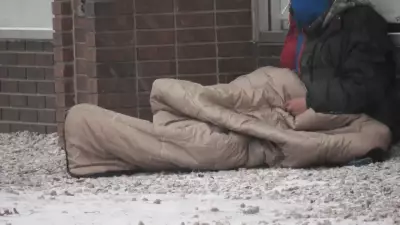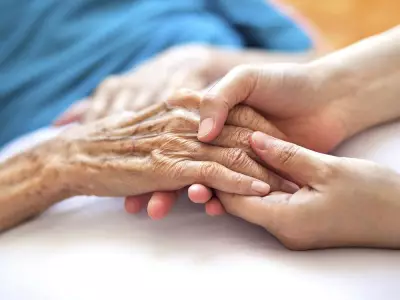
Mike Sill had no warning signs when he set out for what should have been a routine bike ride through Pitt Meadows. The avid cyclist was enjoying the scenic routes of British Columbia when his heart suddenly stopped beating.
"I remember nothing from that day," Sill admits, reflecting on the life-threatening incident that occurred during his regular cycling route. "One moment I was riding, the next I was waking up in the hospital."
The Chain of Survival That Saved a Life
What happened between those two moments was nothing short of miraculous. Multiple Good Samaritans sprang into action when they found Sill unconscious on the trail. Their quick thinking and coordinated efforts created what paramedics call the "chain of survival" - a critical sequence of events that dramatically increases survival rates from cardiac arrest.
The first responders performed CPR immediately, maintaining blood flow to his brain and vital organs. Another called 911, providing precise location details to ensure emergency services could find them quickly. Their collective actions kept Sill alive until professional help arrived.
The Search for Unknown Heroes
Now recovered and filled with gratitude, Sill has launched a heartfelt mission to find the strangers who saved his life. "I want to look them in the eye and say thank you," he explains emotionally. "They gave me a second chance at life that I never expected to need."
Despite reaching out through social media and local community groups, the identities of his rescuers remain unknown. Sill believes there were at least three people involved in his rescue, possibly more.
Why Quick Action Matters in Cardiac Emergencies
Medical experts emphasize that Sill's story underscores a critical public health message. For every minute without CPR and defibrillation, survival rates decrease by 7-10%. The immediate intervention Sill received likely made the difference between life and death.
"We rarely get to see the positive outcomes of our actions in emergency situations," says Dr. Sarah Jenkins, a cardiology specialist not involved in Sill's case. "This story highlights how ordinary citizens can become extraordinary heroes through basic emergency response knowledge."
A New Perspective on Community and Second Chances
Sill's experience has transformed his outlook on life and community. "You don't think about needing strangers to save your life until it happens," he reflects. "Now I understand how connected we all are, and how much we depend on each other."
His search continues, driven by the desire to properly thank the people who gave him more time with his family, more rides through British Columbia's beautiful landscapes, and a renewed appreciation for every new day.
As Sill continues his recovery and his search, his story serves as a powerful reminder of the impact ordinary people can have when they choose to help a stranger in need.





